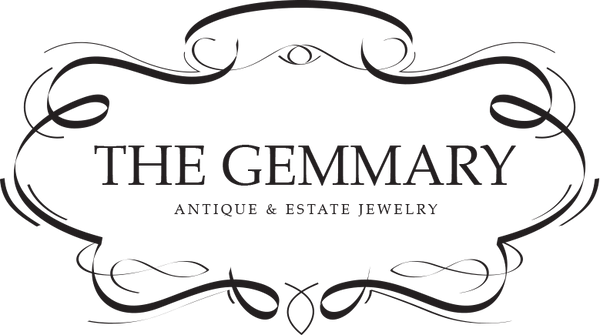1950s Colorful Rhinestone Costume Jewelry. Image: The Gemmary
During World War II, jewelry-making metals were reserved for weapons manufacturing, propelling the use of unconventional materials such as plastic, wood, shells, and clay. World War 2 also created a patriotic trend in the United States, and women donned brooches and pendants crafted in the shape of flags, the victory “V,” and Uncle Sam’s hat.
The counterculture and mod movements of the 1960s saw more creativity and experimentation in fashion. Peace signs and enamel daisies dangled from necks, and natural materials like leather and flower crowns gave counterculture accessorization an earth-mother vibe.
1960s and 1980s Egyptian Revival Costume Jewelry. Image: The Gemmary
In the 1980s, punk revolutionized the fashion world, and with it, the world of costume jewelry. The humble safety pin became the signature earring of the times. Studs and spikes were omnipresent, decorating dog-collar chokers, belts, and denim jackets—Madonna-inspired trends of bangle-packed arms and crucifix necklaces.

Antique and Vintage Orange Glass Costume Necklaces. Image: The Gemmary
Techniques and materials continue to improve. Today’s lab-grown diamonds are identical to mined gems and address modern ethical sourcing and sustainability concerns. Fashion jewelry of the 2020s ranges from bold, colorful statement pieces to designs that are indistinguishable from fine jewelry and has revolutionized jewelry as a mode of self-expression. At every price point, jewelry is now vastly more accessible than it was a few hundred years ago, and the range of styles, materials, and colors makes it possible to accessorize every outfit for any occasion.







